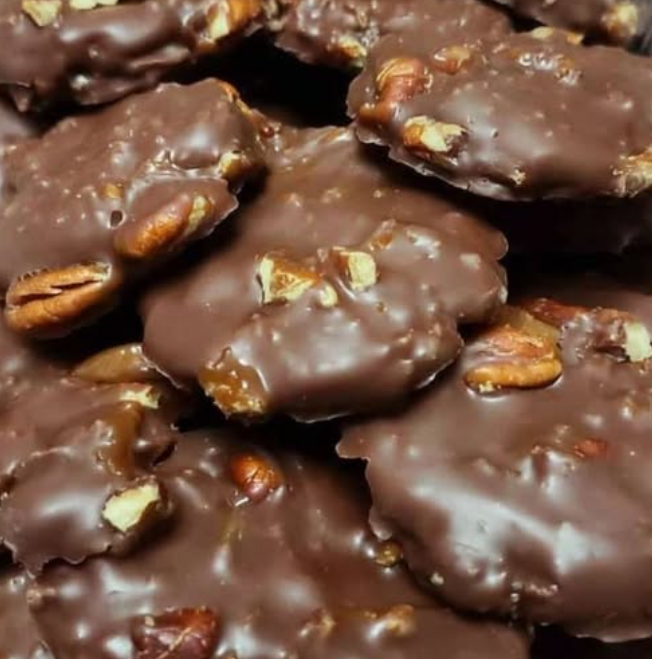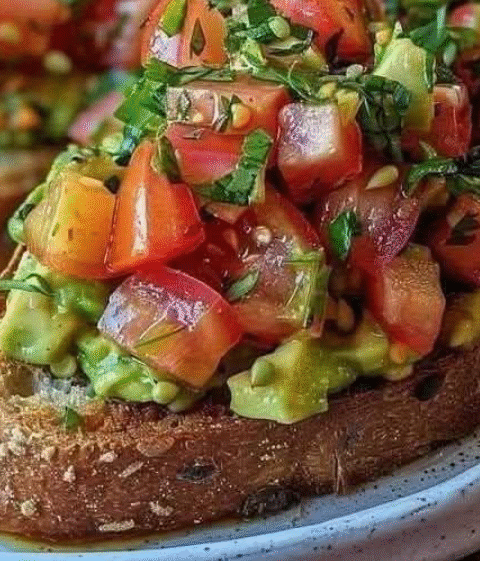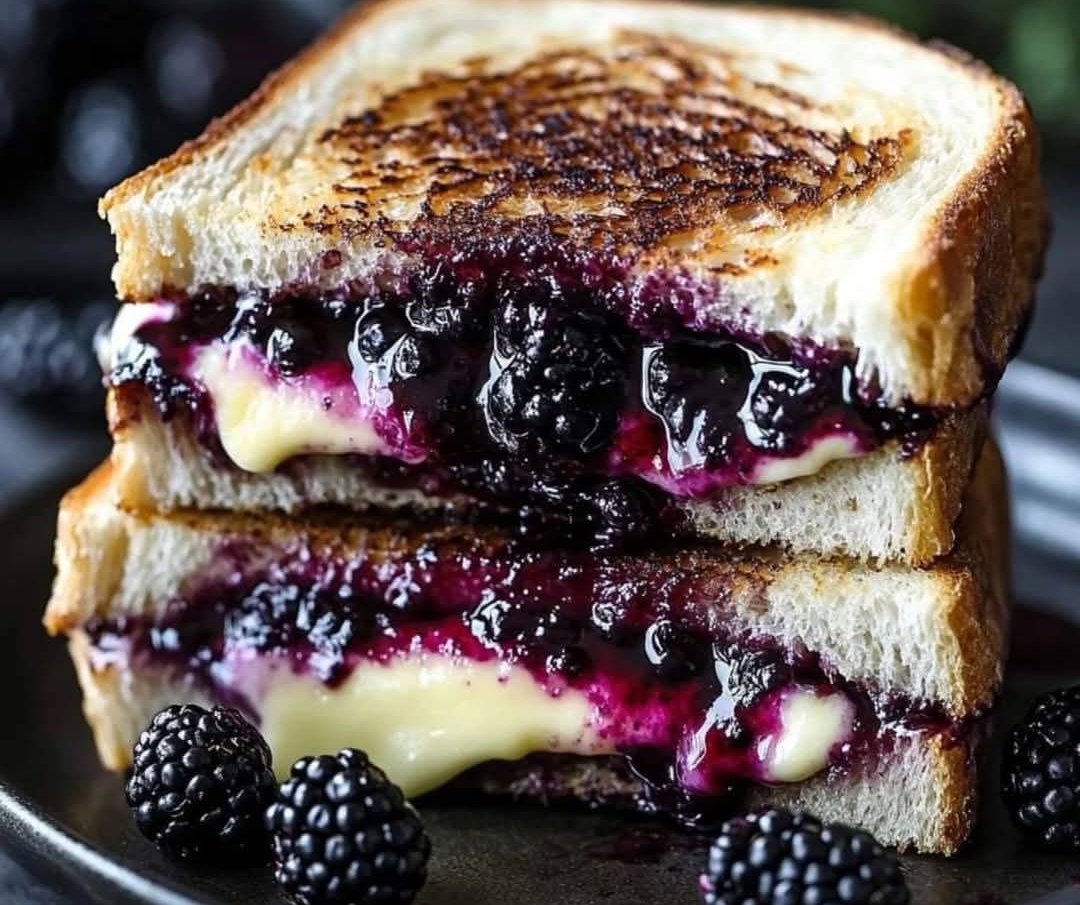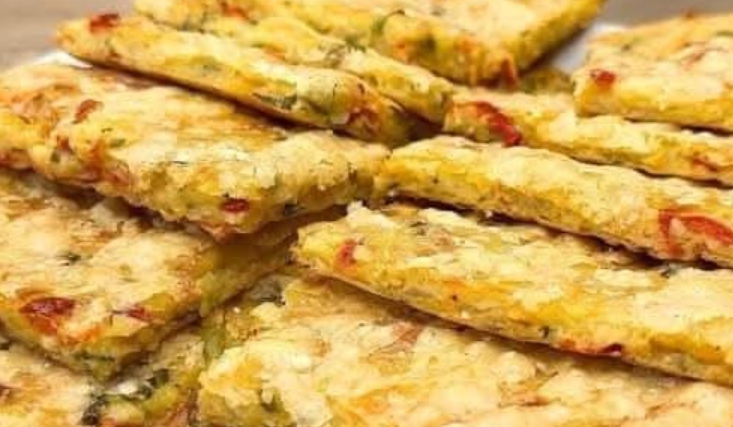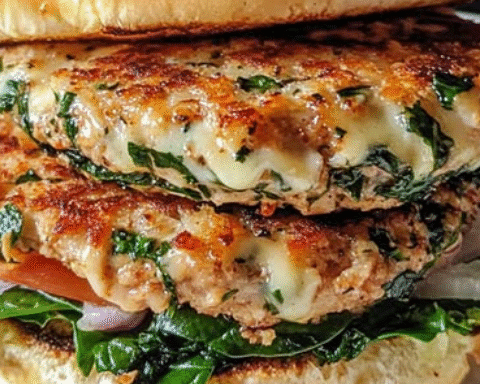Homemade Turtle Candies
These **Homemade Turtle Candies** are luxurious, classic treats made with crunchy pecans, creamy caramel, and smooth chocolate. They’re perfect for holidays, gift boxes, or indulging whenever your sweet tooth calls. Below is a comprehensive, step‑by‑step guide including tips and variations to make them shine.
Why Turtle Candies Work & What They Are
The name “turtle” comes from the shape — pecan halves arranged like little turtle shells, topped with soft caramel, and then dipped or drizzled with chocolate. The contrast of textures — the crisp nut, chewy caramel, and smooth chocolate — makes them irresistible. They often appear in candy assortments and gift boxes during holidays.
What You’ll Get in This Guide
- Full ingredient list (U.S. + metric) with explanation of roles
- Step‑by‑step instructions, timing, and technique
- Chef tips, pitfalls, and how to get clean candies
- Variations (salted, mini, vegan, etc.)
- Nutrition estimate & health notes
- Storage, shelf life & food safety advice
- Troubleshooting common issues
- 10 FAQs you might ask
- Serving & presentation ideas
Ingredients & Their Roles
Core Ingredients (U.S. / Imperial)
- 2 cups pecan halves — the crunchy base and “shell” of each candy
- 1 bag (11 oz) soft caramels — for the chewy, sweet layer
- 2 tablespoons heavy cream — helps soften caramel and make it more flowing
- 1½ cups semi‑sweet or milk chocolate chips — for coating or drizzling
Metric / Approximate Conversions
- Pecan halves: ~200–240 g (depending on pecan size and packing)
- Soft caramels: ~311 g (for 11 oz bag)
- Heavy cream: ~30 mL
- Chocolate chips: ~255 g
Why Each Ingredient Matters
- Pecans: Provide texture, nutty flavor, and anchor for caramel and chocolate. Use fresh, unsalted nuts for best flavor.
- Soft caramels: Soften into a flowable layer when melted with cream; they’re easier to work with than hard caramel candies.
- Heavy cream: Lightens and softens caramel, making it easier to drizzle or spread without being too stiff or brittle.
- Chocolate chips: Melt to form a smooth shell or drizzle. Quality chocolate yields better melt, sheen, and flavor.
Step‑by‑Step Instructions
Step 1: Prepare Workstation & Tools
Line a baking sheet with parchment paper or a silicone baking mat. This prevents sticking and helps you transfer candies easily. Have a small saucepan or double boiler and heatproof bowls ready for caramel and chocolate.
Step 2: Arrange Pecans
On the lined baking sheet, arrange pecan halves in groups of 3 or 4 (depending on size) to form a “base” for each turtle candy. Leave space between each cluster so chocolate or caramel doesn’t run into neighbors.
Step 3: Melt & Prepare Caramel
- Place the soft caramels and the heavy cream in a small saucepan or double boiler over low to medium heat.
- Stir gently and continuously until the caramel melts completely and becomes smooth. Avoid high heat to prevent scorching.
- If the caramel is too thick, you can add a little extra cream, **a teaspoon at a time**, until it reaches a thick but pourable consistency.
Step 4: Spoon Caramel Over Pecan Clusters
Use a spoon to carefully drizzle or spoon a small mound of the warm caramel onto the center of each pecan cluster. Let the caramel flow slightly to coat, but avoid flooding the sides too much. Work relatively quickly before the caramel sets.
Step 5: Melt Chocolate
While the caramel is still warm, melt the chocolate chips in a double boiler or microwave (in short bursts, stirring in between) until smooth. Be careful not to overheat the chocolate.
Step 6: Drizzle or Coat with Chocolate
- You can fully coat each turtle by spooning melted chocolate over the caramel‑pecan cluster. Or
- Drizzle the chocolate artistically over the top for a more decorative look.
Step 7: Set & Chill
Allow the turtles to sit at room temperature until the chocolate begins to set, then transfer the baking sheet to the refrigerator to firm up completely (about 30 minutes to 1 hour). Once firm, they are ready to serve or package.
Chef Tips & Tricks
- Work quickly: Caramel will begin to cool and thicken, making it harder to spoon or drizzle evenly.
- Control consistency: If the caramel is too thick, add a little cream; if too thin, it may run — adjust cautiously.
- Use high-quality chocolate: Good chocolate gives you better shine, melt, and taste.
- Melt chocolate gently: Overheating can lead to grainy or separated chocolate.
- Chill adequately: Ensure the candies set completely before packaging or stacking, or they will stick.
- Keep separation: Leave gaps between candies so chocolate doesn’t merge when setting.
- Add salt if desired: A tiny sprinkle of flaky sea salt on top can elevate the flavor contrast.
Variations & Creative Twists
Use Other Nuts
Swap pecans with almonds, walnuts, hazelnuts, or cashews for variety. Toasting the nuts lightly before using can enhance flavor.
Dark Chocolate or Milk Chocolate Blend
Use dark chocolate for more richness and less sweetness, or blend dark + milk for balanced flavor.
Flavored Caramel
Add a splash of bourbon, vanilla extract, or sea salt to the caramel for an elevated twist.
Mini Turtles / Bite‑Size Version
Make smaller turtles by using fewer pecan halves per candy and lesser caramel / chocolate — perfect for bite-size treats or confection boxes.
Nut‑Free Option
Use crisp pretzel clusters or crisped rice cereal in place of nuts for a nut-free version. The same caramel + chocolate technique works.
Vegan / Plant‑Based Version
Use vegan caramels (coconut milk based) and plant-based “butter.” Use dairy-free chocolate. Be sure to test consistency, as plant-based caramels can behave differently.
Nutrition & Health Notes
Below is a rough estimate per candy (assuming ~24 turtles). Exact numbers depend on size and brands used.
| Nutrient | Estimate per Turtle Candy |
|---|---|
| Calories | ~ 90–130 kcal |
| Protein | ~ 1–2 g |
| Fat | ~ 6–9 g |
| Saturated Fat | ~ 3–5 g |
| Carbohydrates | ~ 8–15 g (mostly sugar) |
| Fiber | ~ 0.5–1 g |
| Sugars | ~ 6–10 g |
| Sodium | Moderate (depending on chocolate and caramel mix) |
Health Tips:
- Use dark chocolate to reduce sugar and increase antioxidant content.
- Pick natural or lower‑sugar caramel options if available.
- Limit portion size — these are rich treats.
- Add a pinch of sea salt on top for flavor without adding sugar.
Storage, Shelf Life & Food Safety
Storage & Shelf Life
- Store in a cool, dry place (not too warm) in a single layer or separated by parchment paper to prevent sticking.
- In warmer climates, refrigerate them (but let them come nearer room temperature before serving so chocolate is not too hard).
- Stored properly, they will keep ~1 to 2 weeks. Refrigerated, possibly a bit longer, though texture may change.
Freezing
- You can freeze in a single layer on a baking sheet until firm, then transfer to airtight container or freezer bag.
- Thaw in refrigerator or at room temperature. Avoid condensation forming on chocolate — let the package come to inner‑room temperature before opening.
Food Safety Tips
- Use clean utensils, bowls, and a clean workspace — caramel and chocolate attract dirt or moisture.
- Handle warm caramel with care; it’s hot and sticky.
- Avoid leaving candies in places where heat or sunlight can cause melting or spoilage.
Troubleshooting & Common Problems
- Caramel too thick to drizzle: Gently reheat and add a small amount of cream to loosen.
- Caramel too runny / leaks: It may have been overheated or too much cream added. Let rest or chill slightly before using.
- Chocolate won’t set properly: Chocolate may have overheated; temper carefully or cool in refrigerator.
- Turtles stick together: Don’t stack before chocolate is fully set, and use parchment between layers.
- Cracked chocolate coating: Temperature changes or moving too soon can cause cracks; allow full set time before handling.
10 FAQs You Might Ask
1. Can I use salted or roasted pecans?
Yes — just adjust sweetness accordingly. Roasted pecans add extra flavor; salted ones may slightly raise the saltiness of the candy.
2. Can I use hard caramels?
It’s harder — you’d need to soften them with cream or use a water bath. Soft caramels simplify melting and consistency management.
3. Why did my caramel seize or separate?
High heat, adding cold ingredients too fast, or overheating can cause separation. Use gentle heat and stir continuously.
4. Can I drizzle white chocolate or other flavors?
Yes — melt white chocolate or flavored chocolate (e.g. mint, orange) and drizzle on top for variation.
5. Do I have to chill the finished candies?
Yes — chilling helps the chocolate and caramel set firmly, improving texture and ease of handling.
6. Why did my chocolate look dull instead of glossy?
Chocolate may be overheated or not tempered properly. Cooling too fast or poor melting technique can dull the finish.
7. Can I make these in bulk ahead of time?
Yes — they store well. Just ensure proper storage and that the environment is cool to prevent melting or softening.
8. How large should each turtle be?
Typically, use 3–4 pecan halves per candy. Too large, and they become unwieldy; too small, and texture balance is lost.
9. Can I skip the cream in caramel?
You could, but caramel will be stiffer and harder to drizzle. The cream gives a softer, more malleable texture.
10. Can I use other nuts instead of pecans?
Yes — almonds, walnuts, hazelnuts, or cashews work. Toasting them lightly amplifies flavor.
Serving & Presentation Ideas
- Place the turtles on decorative paper cups (mini muffin liners) for gifting or display.
- Package them in cellophane bags tied with ribbons for a homemade gift touch.
- Arrange them on a festive platter with holiday decorations for parties.
- Dust lightly with cocoa powder or sea salt flakes just before serving for visual contrast.
- Serve with a small scoop of vanilla ice cream or a drizzle of extra melted chocolate.
Conclusion & Final Thoughts
Your **Homemade Turtle Candies** combine timeless flavors and textures — nuts, caramel, chocolate — in a treat that’s both decadent and comforting. Use the steps, tips, and variations above to make them your own. Let me know if you’d like a **printable recipe card**, **metric-only version**, or a variation for dietary needs (lower sugar, dairy-free, etc.). Enjoy your candy making!
